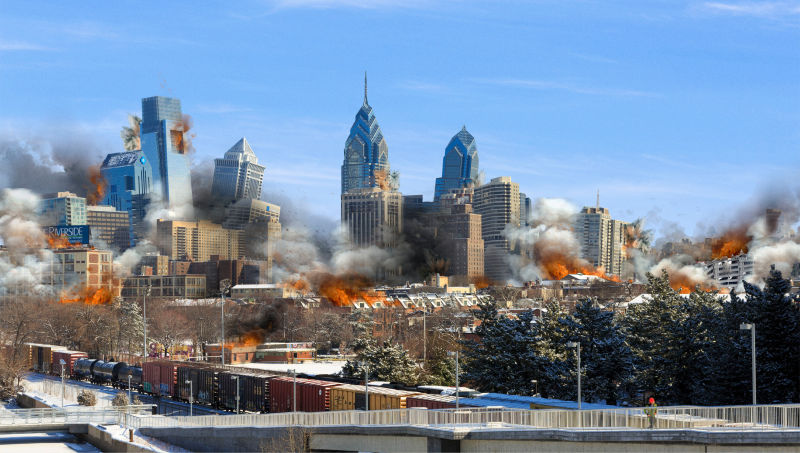
Let’s Not Destroy New York’s Brutalist Masterpieces (Thomas de Monchaux, New Yorker) ‘Perhaps there is something about the half century that creates a blind spot: too recent for reverence, too distant for love—or even understanding. To the supersonic sensibilities of 1963, the idea that a train station should evoke the Roman Baths of Caracalla was perhaps as enervating as it is to us, in our era of swipes and likes, that buildings not constantly beguile, ingratiate, and soothe.’
Lisbon: Beyond What the Tourist Should See (Casey Walker, Los Angeles Review of Books) ‘Surely Pessoa knew where to get the stiffest drink or hear the greatest fado, knew where to consult the most reliable expert on the occult and which buildings housed the political clubs bristling with argument over the burgeoning regime of António de Oliveira Salazar, a man who would go on to strangle Portugal for the better part of the 20th century. Pessoa doesn’t ever seem to have had much interest, sexually, in women — or in men — but in all his time lingering in coffee houses and restaurants, in long and solitary walks around the city, he must have learned the places of surreptitious assignation, courtship, and romance.’
St. Petersburg: The City of Three Revolutions (Owen Hatherley, Architectural Review) ‘The city’s palatial Metro is studded with bronze, steel, porphyry and glass monuments to unnamed insurgents and their named leaders. It works almost as a narrative, going from Lenin speaking to workers on a giant relief in the entrance to Narvskaya, to the central Uprising Square, where state power is seized in ceramic medallions. A statue of Lenin commands the classic totalitarian urbanism of the Moskovsky (Moscow) District, with its huge squares and castellated apartment buildings for the Soviet elite.’ (See also my interview with Owen Hatherley on Notebook on Cities and Culture.)
In Paris, Life’s a Beach (Claire Berlinski, City Journal) ‘We predicted a traffic nightmare. We thought that businesses in the center of the city would be destroyed by the impediment to deliveries. We were wrong.’
To See the Future of Cities, Watch the Curb. Yes, the Curb (Aarian Marshall, Wired) ‘What you do with the curb sets the tone for your whole city. And through this grey chunk of concrete, local governments are starting to communicate how they’ll handle their entire transportation systems. Favor a system that asks citizens to share resources, by making room for, say a bikeshare program, and you say one thing. Favor private parking for residents, and you declare war.’
Is This Red, White, and Blue Elephant Worth Saving? (Benjamin Schneider, Citylab) ‘Rather than being a well-functioning space, the Thompson Center has from its infancy been primarily an aesthetic statement, another page in the architectural canon. Its angled glass walls, combined with a faulty air conditioner, created a severe greenhouse effect the summer after the building opened. Employees would set up umbrellas over their desks to block the heat and glare.’
And as a bonus:
Confident Philadelphia Officials Preemptively Raze Center City To Make Room For Amazon Headquarters (The Onion) ‘“We’re willing to do whatever it takes to ensure Amazon chooses Philadelphia, whether that requires tax incentives, infrastructure upgrades, or filling the Schuylkill River with concrete to create more parking,” he continued. “I’m sure it’s just a matter of time until it’s all official.”’